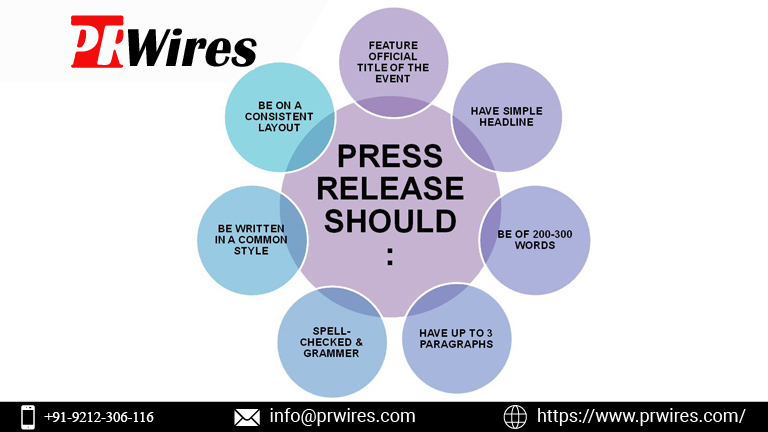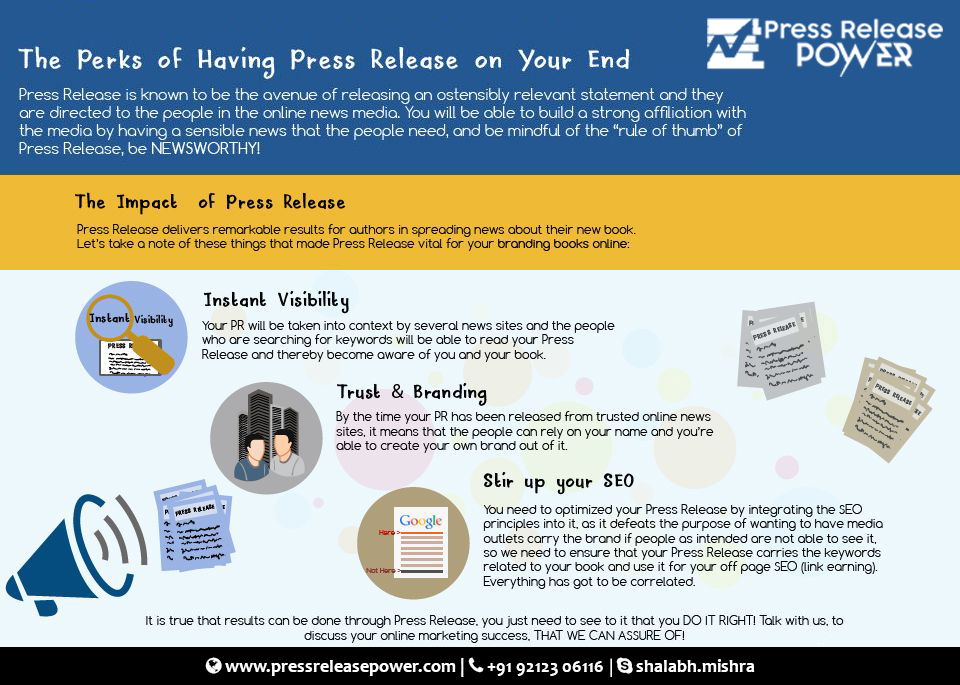Why a Digital Camera Is Still a Better Choice Than a Smartphone for Photography
Discover why a digital camera outperforms smartphones for photography, offering superior image quality, control, and versatility for both professionals and enthusiasts.

In the world of photography, technology has progressed at an astounding pace, with smartphones emerging as the most convenient and accessible tool for capturing moments. The latest smartphones boast powerful cameras, advanced sensors, and a variety of features designed to give users a professional-grade photography experience. However, despite these impressive advancements, many photographers—amateur and professional alike—still prefer digital cameras, particularly digital single-lens reflex (DSLR) and mirrorless cameras, over smartphones. While smartphones have certainly made it easier to capture and share photos, there are several reasons why a digital camera is still the better choice for serious photographers. In this blog, we will explore the various advantages that digital cameras continue to have over smartphones when it comes to photography.
1. Image Quality
One of the most significant reasons why digital cameras are still superior to smartphones in photography is image quality. While modern smartphones feature high-resolution sensors and multiple lenses, digital cameras—especially DSLRs and mirrorless models—are equipped with much larger image sensors that capture far more light and detail.
Sensor Size Matters
The size of the sensor in a camera plays a crucial role in image quality. Larger sensors capture more light, which means they perform better in low-light situations, offering better dynamic range, depth of field, and overall image sharpness. Digital cameras typically feature full-frame or APS-C sensors, which are significantly larger than the tiny sensors found in most smartphones.
A larger sensor allows for:
-
Better low-light performance: Digital cameras with larger sensors excel at producing sharp, noise-free images in low-light conditions, something that can be a challenge for smartphones with smaller sensors.
-
Greater dynamic range: Cameras with larger sensors capture more details in both the shadows and highlights, leading to images with better contrast and more accurate colors.
-
Depth of field control: Larger sensors allow for a shallower depth of field, enabling photographers to create beautiful background blur (bokeh) and isolate subjects more effectively.
While smartphone manufacturers continue to improve the quality of their sensors, the physics of smaller sensors limits their ability to match the image quality of a dedicated camera with a large sensor.
2. Manual Controls and Customization
For serious photographers, manual control over their camera settings is crucial. Digital cameras, particularly DSLRs and mirrorless models, offer full manual control over exposure, aperture, shutter speed, ISO, and white balance, allowing photographers to fine-tune each setting to their liking.
On a digital camera, you can adjust each of these settings independently and see the immediate effect in the viewfinder or on the LCD screen. This level of control is essential for those who want to express their creativity and achieve a specific look for their images.
Smartphone Limitations
While smartphones offer some level of manual control through third-party apps, they are still limited by the size of the screen and the lack of dedicated buttons and dials for quick adjustments. The experience is not as intuitive or precise as using a digital camera with dedicated controls. Additionally, smartphone cameras are heavily reliant on automatic settings and software to make adjustments for you, which can result in a loss of creative control.
3. Lens Flexibility and Quality
Another significant advantage of digital cameras is the ability to change lenses. Most digital cameras, especially DSLRs and mirrorless cameras, allow you to swap lenses depending on the situation, which provides flexibility in how you approach your photography. Whether you're shooting wide-angle landscapes, detailed close-ups, or portraits with beautiful bokeh, the ability to choose the right lens for the job is a game-changer.
Smartphones Have Fixed Lenses
Smartphones, on the other hand, are limited by their fixed lenses, and while some models feature multiple lenses (wide, telephoto, ultra-wide), they still lack the versatility and optical quality of dedicated lenses on digital cameras. Even with software enhancements like digital zoom, smartphone lenses cannot match the optical performance of high-quality DSLR or mirrorless lenses, which offer superior sharpness, bokeh, and depth of field control.
4. Autofocus and Tracking Capabilities
Autofocus is one area where digital cameras have a clear advantage over smartphones. High-end digital cameras, particularly those from Canon, Nikon, and Sony, have incredibly fast and accurate autofocus systems that make it easier to capture sharp images in fast-paced situations, such as sports photography or wildlife photography.
Speed and Precision
Modern digital cameras feature phase-detection autofocus (PDAF), which uses sensors to determine the distance between the camera and the subject, providing lightning-fast autofocus speeds. Many mirrorless cameras also incorporate advanced autofocus tracking systems that can continuously track a moving subject with incredible accuracy.
While smartphone autofocus systems have improved over the years, they still lag behind digital cameras in terms of speed, precision, and tracking. Smartphones typically rely on contrast-detection autofocus, which is slower and less reliable than the phase-detection autofocus found in digital cameras. Additionally, the autofocus system in smartphones often struggles with fast-moving subjects or low-light environments.
5. Battery Life
For photographers who shoot extensively, battery life is an important consideration. Digital cameras, particularly DSLRs and mirrorless cameras, have much larger batteries than smartphones, which allows them to shoot for hours without needing to recharge. Many professional photographers carry multiple batteries for long shoots, ensuring that they never run out of power.
Smartphones Drain Battery Quickly
In contrast, smartphones are designed to handle a wide range of tasks, from communication to browsing the web and running apps, which places a heavy strain on their batteries. The camera on a smartphone consumes a significant amount of power, especially when shooting high-resolution photos or videos, and as a result, smartphone batteries tend to drain quickly during extended photography sessions.
This limitation makes smartphones less suitable for professional or long-duration photography, where you need reliable and consistent power for hours of shooting.
6. Ergonomics and Handling
Photography is an art, and having the right tools for the job is essential. Digital cameras are designed with ergonomics in mind, offering comfortable grips, intuitive controls, and a layout that is optimized for quick adjustments while shooting. The larger size of a digital camera allows for better handling, especially when using a heavy lens or shooting for extended periods.
Smartphones Lack the Same Comfort
Smartphones, due to their small size and design, are not as comfortable to hold for long periods, especially when using external accessories like lenses or tripods. The lack of physical controls also means that photographers are often forced to use on-screen buttons or touch gestures, which can be slow and cumbersome in the heat of the moment. The absence of dedicated dials and buttons for essential settings like exposure compensation, aperture, and shutter speed makes shooting more difficult on a smartphone than on a digital camera.
7. Durability and Build Quality
Another key factor where digital cameras have the upper hand is durability. Many high-end digital cameras are built to withstand harsh weather conditions, with weather-sealing and rugged construction that allow them to be used in challenging environments. Photographers who work in extreme conditions, such as rain, snow, or dust, rely on the durability of their digital cameras to ensure they continue functioning properly.
Smartphones Are More Vulnerable
While some smartphones come with water and dust resistance, they are still more vulnerable to damage compared to professional-grade digital cameras. Dropping a smartphone can lead to a cracked screen or internal damage, and its overall build quality typically doesn't match the sturdiness of a dedicated digital camera. For photographers who require equipment that can handle extreme conditions, digital cameras remain the superior choice.
8. Post-Processing Flexibility
Post-processing is an essential part of modern photography. Professional photographers spend a significant amount of time editing their images to bring out the best in them, and digital cameras provide greater latitude for post-processing.
Raw Image Files
Digital cameras allow photographers to capture images in RAW format, which contains unprocessed data from the camera's sensor. This provides much more flexibility in post-processing, allowing photographers to adjust exposure, white balance, and other settings without losing image quality. RAW files retain more detail, especially in highlights and shadows, which gives photographers greater control over the final image.
While some smartphones offer RAW image capture, the quality of the images and the post-processing potential are still limited compared to what can be achieved with a digital camera.
Conclusion
While smartphones are convenient and capable tools for everyday photography, digital cameras, particularly DSLRs and Sony mirrorless cameras, offer significant advantages for serious photographers. From superior image quality and manual controls to better lens flexibility, autofocus, and battery life, digital cameras provide the tools and performance that professional photographers need to capture stunning images.
Smartphones may continue to improve, but they are still far from replacing digital cameras' specialized features and capabilities. For anyone looking to take their photography to the next level, a digital camera remains the best choice for achieving the highest quality results and the most creative control over their images. Whether you're a professional photographer or a passionate hobbyist, investing in a digital camera will always be worthwhile.
Are you looking for the best digital camera? Visit us today to explore a wide variety of Sony digital cameras.
What's Your Reaction?
















